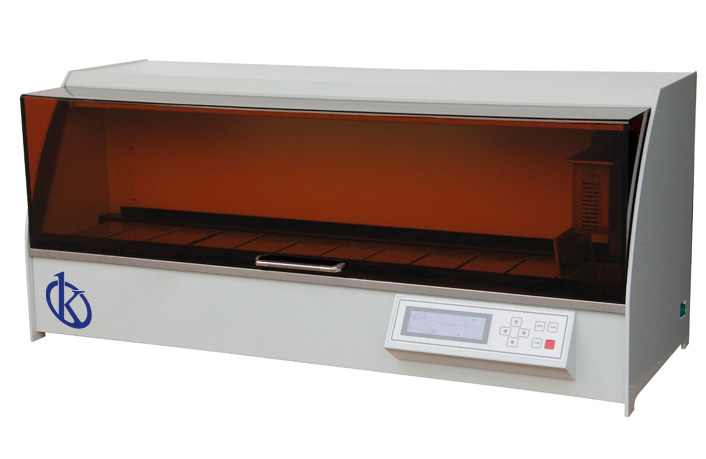Advancing evidence-based medicine in anatomic pathology (EBPM) depends on the incorporation of accurate methods, equipment and techniques to facilitate rapid diagnosis and appropriate treatment. Fortunately, technological advances have supported the MPEAP movement and led to the creation of intelligent systems, such as the use of tissue processors. Tissue processors are devices specifically designed to enable the visualization and analysis of human tissue samples. These tools not only enable prompt response to medical diagnoses, but also reduce resource intake and contribute to the advancement of MPEAP.
Tissue processors have become essential to the MPEAP practice through their ability to preserve samples and examine them accurately. These tools enable an accelerated flow through the work cycle to obtain results faster, save resources, and provide accurate information for precise clinical diagnosis. These advances in tissue processors have contributed greatly to the advancement of evidence-based medicine in anatomic pathology.
Function of the tissue processor
The tissue processor is used to process specimens collected during biopsy or surgical procedures to assess disease status. Once the tissue has been removed, it is cleaned in a packing solution and placed in a processing drum where it undergoes an immersion process in a specific fixative liquid to preserve the specimen. The drum is then placed in a processor to be treated with a heat chamber and then cut into thin sections and deposited on a glass slide for microscopic examination by a certified pathologist.
The tissue processor is a device designed to process, enhance and preserve a tissue for later use. This includes cutting, marking, storing, protecting, preserving and sorting tissue. The function of the tissue processor is to allow laboratory analysis and related work to be performed when the tissue is ready for processing. The tissue processor provides essential information about the tissue involved in diagnostic, treatment and preventive procedures. This allows for improved quality and efficiency when processing tissue for end use.
Advantages of the tissue processor
Using a tissue processor as part of the diagnostic process speeds up tissue examination by providing results immediately after extraction and saves resources by reducing the number of manual steps taken when performing a biopsy. Samples are also properly preserved for later results, resulting in more accurate information and faster diagnosis. Its ease of use is of benefit to all departments in the pathology department where the samples are collected and analyzed.
The Tissue Processor offers several advantages when generating technical products. It is specially designed to process technical materials and offers additional strength to them. This machinery also helps to improve productivity and work quality by improving manufacturing processes. This in turn helps to reduce production time by saving time and money. The fabric processor offers an optimal solution for technical requirements and helps improve efficiency. Thanks to its high performance, the tissue processor enables the customer to produce the best quality products.
At Kalstein we are MANUFACTURERS of tissue processors, specialized for all those clinical centers that need to work with patients who require this treatment and wish to carry out controlled medical processes. We also have the best PRICES in the market. If you are interested in BUYING a tissue processor, you can find them through our catalog HERE.

